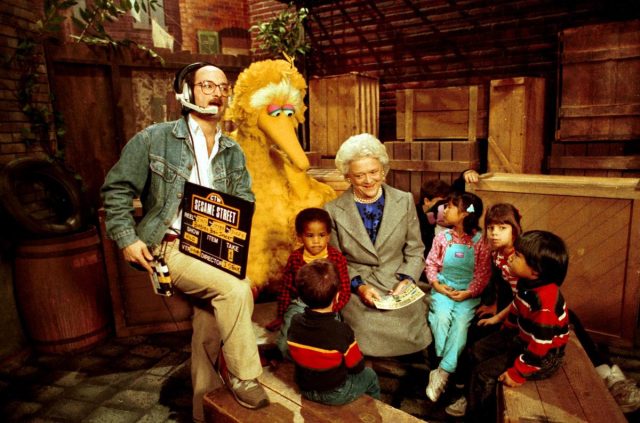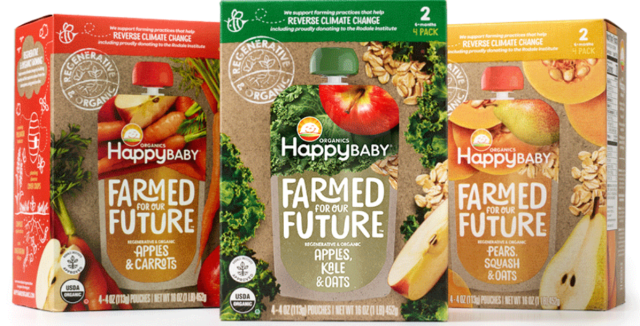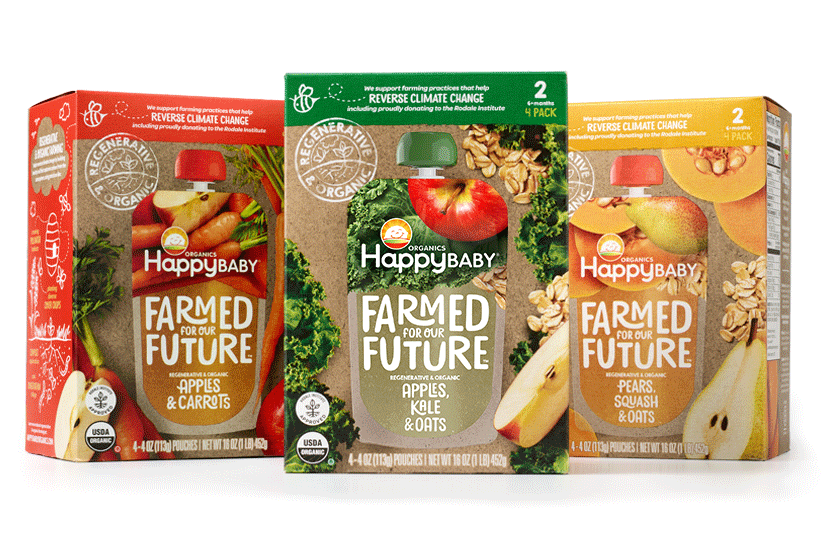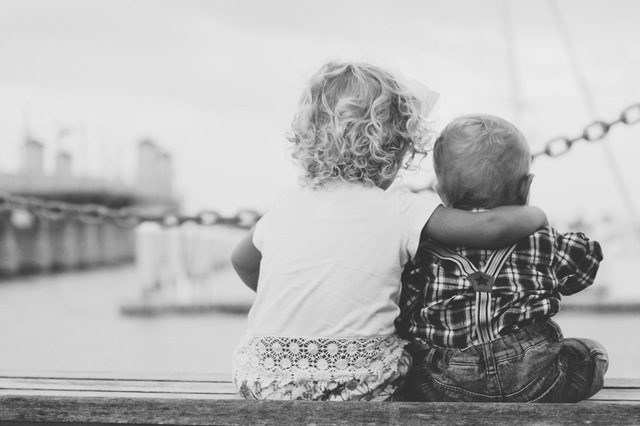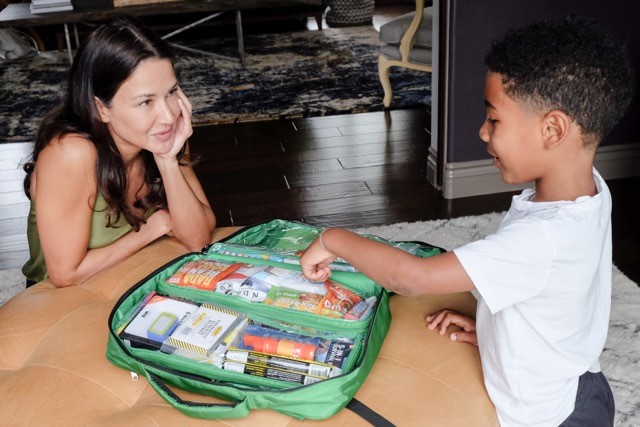Former First Lady Barbara Bush had a lifelong commitment to learning. The Barbara Bush Foundation for Family Literacy is launching Mrs. Bush’s Story Time podcast on May 11, 2020. Taken straight from archived audio from the former First Lady Barbara Bush’s radio program which originally aired from 1990-1994, the new podcast features archived audio recordings of Mrs. Barbara Bush reading aloud with special guests including Winnie the Pooh, Daffy Duck, Big Bird and Oprah, among many others beloved characters.
Bush and her special guests share classic stories, such as Jack and the Beanstalk, Alexander and the Terrible, Horrible, No Good, Very Bad Day, The Ugly Duckling and Corduroy.
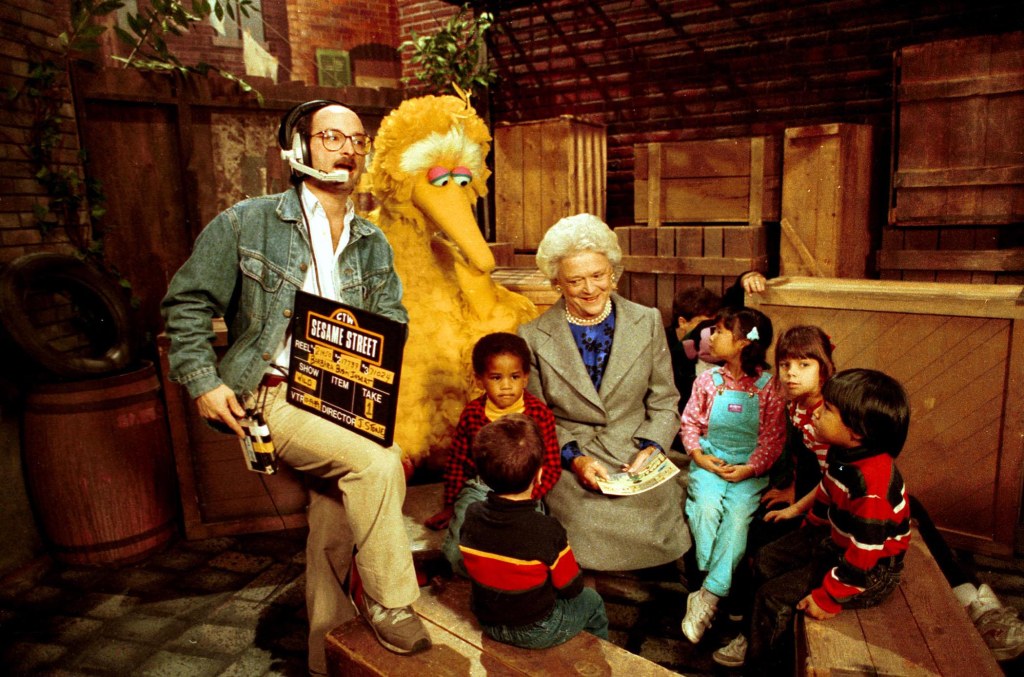
This new podcast for families will feature original recordings from the radio program of the same name. Mrs. Bush’s Story Time began as a radio program co-produced with the Philadelphia-based Children’s Literacy Initiative and ABC Radio and originally aired from 1990 to 1994 while Barbara Bush served as First Lady of the United States.
“We’re thrilled to bring Mrs. Bush’s legacy to life in a new, modern format that supports and furthers her commitment to lifelong learning,” said Barbara Bush Foundation President and CEO British A. Robinson. “Mrs. Bush was fond of saying that the home is the child’s first school, and we’re all spending a lot more time at home these days. Now more than ever, we hope this podcast can help bring families together around reading and storytelling.”
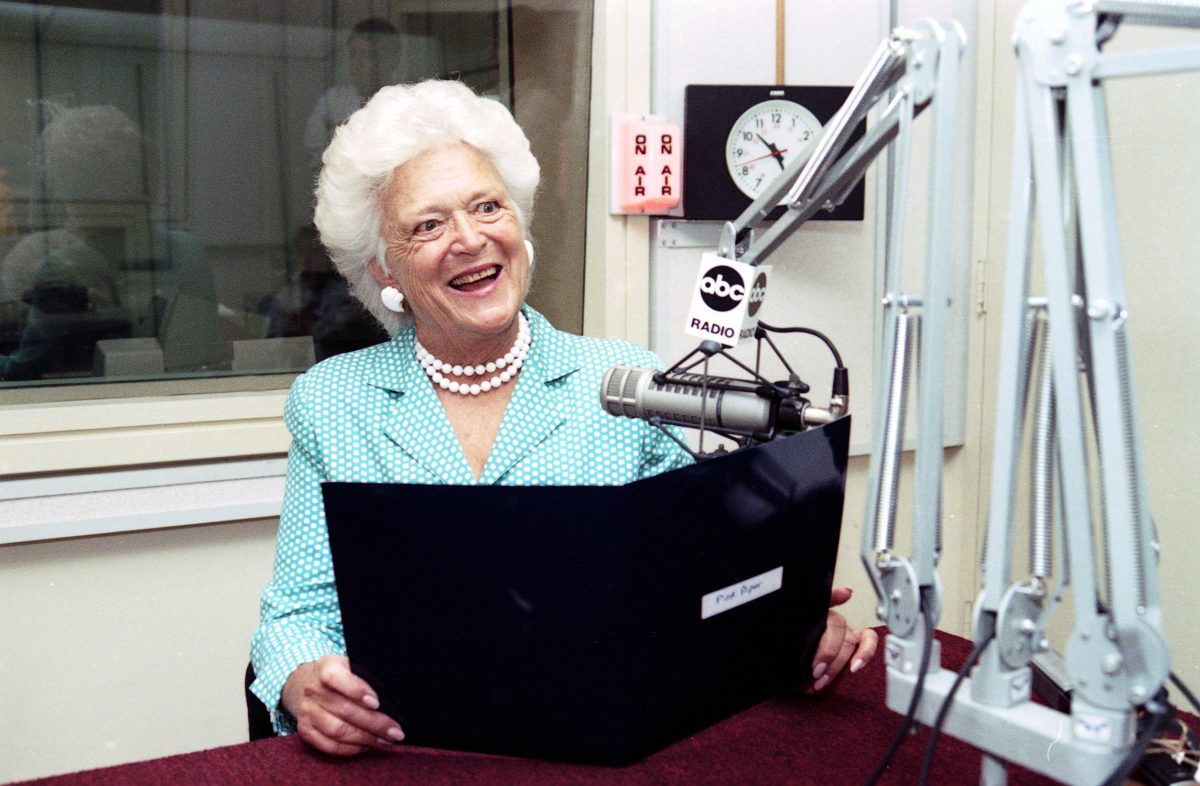
Reimagined for the present day, the podcast also features new content including introductions from Mrs. Bush’s daughter and Foundation Honorary Chair Doro Bush Koch, literacy tips from former First Lady Laura Bush, and memories about childhood reading experiences shared by best-selling authors Delia Owens, Jesse J. Holland, Susan Orlean and Eric L. Motley.
“I’m so glad that another generation of families will have a way to connect with these classic stories and beloved characters – with a little help from my mom,” Koch said. “Her advocacy for family literacy wasn’t something she just talked about – it was a value she practiced, whether she was reading to me and my brothers before bed or sharing her passion with children around the country through these radio broadcasts.”
—Jennifer Swartvagher
All photos courtesy of The George Bush Presidential Library and Museum
RELATED STORIES
Celebrities Give Back to Support Those Affected by the Coronavirus
Check Out These Learning Resources Amid Coronavirus School Closures
